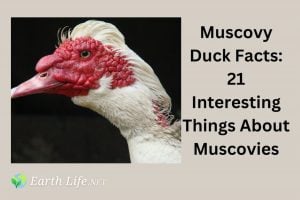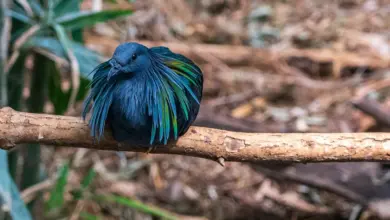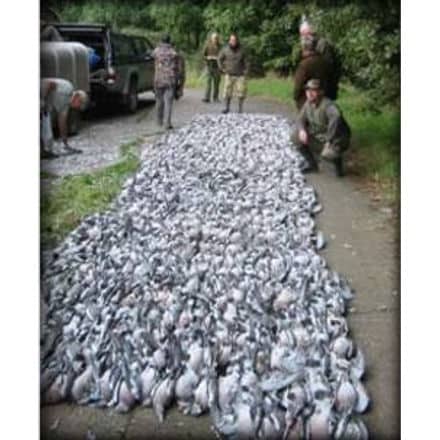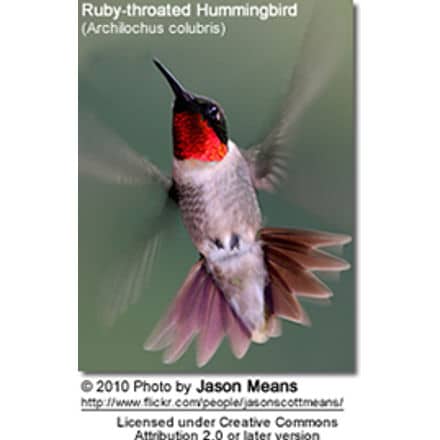Muscovy Duck Facts
Muscovy Duck Facts: 21 Interesting Things About Muscovies
In this article, I cover some interesting muscovy duck facts that you might not know about!
Muscovy ducks are among the largest ducks in the world, native to Mexico and other parts of South America.
In the wild, they’re typically found in and around shallow water like ponds, streams, and sometimes wetlands.
They are tropical birds but can survive in quite cold temperatures if given proper coops.
Most muscovies today are domestic ducks and popular poultry animals due to the large amounts of meat each duck can produce.
Their meat also contains fewer calories than other birds like turkeys – though it is less flavorful as well due to this.
Here are some fun facts about muscovies that you might not know – and how they’re different from other common domestic breeds like the mallard or call duck.
21 Interesting Muscovy Duck Facts
Physical Features
- The muscovy breed is one of the easiest ducks to identify due to their large size and the caruncles on their face. They can have a mix of brown, white, and black feathers with defined red or black caruncles around their beak and eye region. Males possess thicker caruncles than females – and some females might not have these at all. All baby ducks usually have white patches on their cheeks, which harden into caruncles later on.
- The average lifespan of the muscovy duck is 7 to 8 years in the wild. However, domestic ducks with a good diet and healthcare can live up to 15 to 20 years.
- This duck species shows sexual dimorphism, and the male is much larger in size than the female. A single male duck can weigh as much as 9.47 lbs, up to as much as 14.98 lbs. Their wingspan can range from 53.94 inches to 59.84 inches.
- They’re very silent compared to other ducks – most muscovy ducks can produce only a small range of vocalizations like trills and hisses. Their main mode of communication is through tail wagging, wing flapping, and head movements. They use this to communicate with both other ducks and their owners.
- Muscovies are not great swimmers as they do not have waterproof feathers like those of other duck species. They have special oil glands on their face, which they use while preening to create a waterproof oil sheen on their feathers before swimming. They are capable of short bouts of flight and generally roost high-up trees in large groups.
- While there is enough of their population around the world for muscovy ducks not to fall under the “concerned” category of birds up for extinction, they are still among the birds at the greatest risk of extinction if no special conservation effort is made (as per the Yellow Watchlist). A main threat to their survival is the loss of forest cover and duck eggs snatching. These large ducks require huge nest boxes, and the loss of big tree cavities means fewer breeding spaces. In the 1980s, over 4,000 artificial nests were created for these birds, which eventually resulted in a rise in their population.
- As ducklings, males and females are virtually indistinguishable. Both are similar in size, and males do not have caruncles yet. However, after 25 days, males start getting heavier, which is one of the earliest gender distinctions.
- Every muscovy duck possesses two eyelids. The first eyelid is similar to that of humans and closes from top to bottom. This shuts down any vision. The second eyelid – called the nictitating membrane, is placed on the inside and usually closes from the inner side of the eyelid. This membrane is transparent and allows the ducks to keep their eyes and vision clear during swimming while still protecting the cornea from any direct contact with impurities.
- Muscovies are resilient ducks and are usually not plagued by diseases (except avian influenza, which has shown a 100% fatality rate). However, they are prone to two parasites – Haemoproteus and malaria more than other poultry birds.
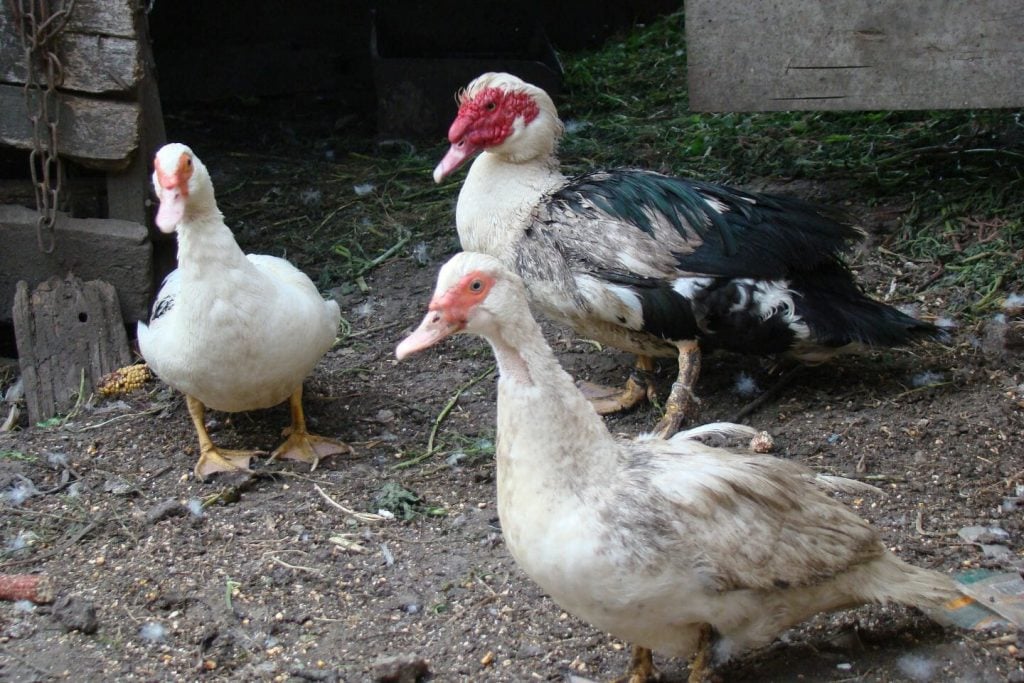
Mating, Nesting & Breeding
- Males are seasonally monogamous and may have multiple mates. However, it’s also normal to see them in pairs. Male ducks do not have attached parents. However, they do protect the brood at large. Ducklings are raised by the mother and usually form strong bonds with the latter.
- Mating season is usually from April to May. There is usually one male who is the most successful in mating with multiple females – who becomes the head of the brood. All the male ducks who could not mate formed separate bachelor groups. Females tend to select mates with the largest caruncles or patches on their face, along with the largest crests. The species reaches sexual maturity between 28 to 29 weeks of age.
- Females lay around 8 to 10 eggs in a couple of clutches. The standard incubation period is upto 35 days. Young ducklings stay with their mother for around 60 to 70 days. Sometimes, larger, aggressive male muscovy ducks can attack the ducklings of other broods to establish their gene supremacy. Generally, the species breeds 2, sometimes three times a year, and each season can produce from 24 to 30 eggs in total.
- Usually, muscovies create nests either within tree cavities or on the ground near a water source. Sometimes, females may continue using a single nesting area for their entire life. For artificial nest boxes, the space must be at least 2 feet high, 1.5 feet wide, and have an opening of 8 inches.
- If you breed muscovy ducks with regular Pekin ducks, you get mule ducks. Mule ducks are sterile. However, they are still produced in large numbers via artificial insemination (when left to mate naturally, the success rate is quite low). This is because mule ducks are large, like muscovies, but quiet and non-aggressive like the Pekins, making them easy to raise.

Feeding & Predators
- These domestic birds are omnivorous, which means they eat plant matter, as well as fish, reptiles, and insects. They are dabblers, which means they use their beaks for grazing around the grass and in water to collect food.
- Dogs and foxes are common predators of the muscovy. As they are not great fliers, they usually sleep high in trees or in water sources at night. They are active during the day and are non-migratory, though wild birds have been found in far-flung places as well due to moving farmers.
Behavior & Aggression
- While domesticated muscovies can be surprisingly tame (if reared well), feral populations can be aggressive, especially the males. Once in a while, farmers might also end up with an aggressive male on their hands that attacks females and ducklings. In extreme cases, these males need to be put down. In mild cases, they can be “punished” to prevent the behavior.
- Muscoy duck groups have a well-established social hierarchy with one alpha male. The male can lose his position if another male defeats him in a fight. A single proof also has other “bachelor” males; however, only the alpha mates with the females during the breeding season.
- Muscovy ducks are considered an invasive species in cities or semi-urban regions. This is because muscovies are quite comfortable with humans and might come to roost on your patio. They have sharp claws and dabbling tendencies, which means they can rip up your tarp and plants, leave droppings, eat beneficial insects, and create nests in odd places. In the US, they are classified as an invasive species if bred for anything other than food. It is also illegal to release such domesticated populations into the wild.
- Despite their large size, muscovies are very agile birds and are quick on foot. They are social and always move around in groups. If you happen to see an aggressive muscovy about to charge at you, it’s best to stay out of its way. They have sharp claws that can cause damage.

Etymology
- We have no clue how the name “Muscovy” came to be! The name is an older variation of Moscow, the capital of Russia. However, these ducks have no relation to Moscow, and neither did they originate there. (But this is not that strange; it was normal for merchants back then to give their wares exotic names of distant locations – this could be a case of such an instance.) They are known as Musco ducks in some parts, as they eat mosquitos. They could also be named after the Muisca tribe in Colombia who raised them. But we don’t know for sure if that’s how they got their name. Historians assume the name came from sometime between 1550 to 1600. There are also other variations, such as the English call them Barbary ducks, and the Spanish have named them “pato mudo” or mute ducks.
Frequently Asked Questions
What is special about Muscovy duck?
Another interesting thing to note about them is that these are the only ducks who do not quack.
Instead, they hiss in a croaking voice, somewhat like geese.
Muscovies are also unique because these birds nest in tree cavities and like to roost on branches when sleeping at night.
Other ducks generally prefer to nest on the ground.
Why is Muscovy duck called Muscovy duck?
In fact, their origin is most probably South America, though they have now spread to many parts of the world.
The Latin name Cairina moschata means a musky animal from near Cairo. But that description is also wrong because Cairo has nothing to do with the origins of this duck.
Are Muscovy ducks intelligent?
Even though they don’t do tricks or learn words like parrots, these ducks can understand emotions, are able to display their own, and generally learn to adapt quickly.
They are hardy birds who understand commands and behave accordingly.
Most duck breeders have achieved a lot by using positive reinforcement with them.
Do Muscovy ducks have night vision?
There are instances where these ducks have been able to see their feed during the night and even eat it.
While they won’t go out to forage at night, they can see well enough to do basic activities and recognize objects around them.
Wrap Up
As with any bird species, there’s a lot more to them than meets the eye – and many crossbreeds that we don’t know a lot about.
This is one of the many distinctions between feral and domestic populations.
Most domestic populations have been crossbred with other species to produce beneficial properties like more meat, color variations, and docile behavior.
With crossbreeding, there are even muscovy ducks with lavender and blue colorations.
We hope you learned something new about these ducks from the article.
Thank you for reading.

